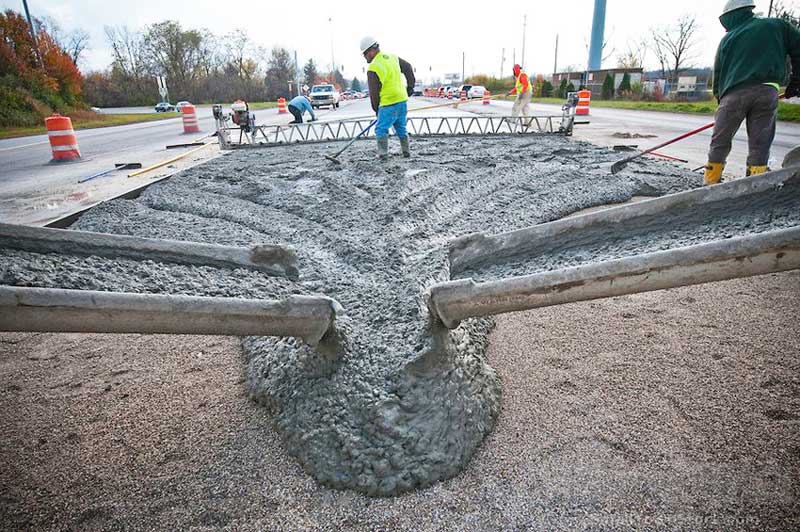What Is Alkali Content in Silica Fume?
Alkali content refers to the presence of alkali metals such as sodium (Na), potassium (K), and sometimes lithium (Li) in silica fume. These are usually present as oxides—Na₂O and K₂O—either in the amorphous silica network or as surface contaminants.
Most international standards like ASTM C1240 and EN 13263 recommend that the alkali content in silica fume should typically be less than 1.5%, expressed as a sum of Na₂O and K₂O equivalents. Exceeding this threshold can lead to negative effects, especially in concrete applications.
Why Alkali Content in Silica Fume Matters
1. Alkali-Silica Reaction (ASR) Risk
Excessive alkali levels in silica fume can contribute to alkali-silica reaction in concrete. This is a deleterious reaction between the alkalis in cementitious materials and reactive silica in aggregates, forming an expansive gel that leads to cracking and durability issues.
2. Impact on Concrete Durability
High alkali content may accelerate corrosion of steel reinforcement, reduce resistance to sulfates, and increase the risk of efflorescence. In harsh environments, using low-alkali silica fume enhances the longevity and mechanical integrity of concrete structures.
3. Influence on Pozzolanic Activity
Alkalis can alter the pozzolanic reactivity of silica fume. While a certain level may improve initial strength gain due to higher alkalinity, excessive alkalis can disrupt the optimal calcium silicate hydrate (C-S-H) formation.
4. Compatibility with Admixtures
High alkali content can influence chemical admixture efficiency, such as superplasticizers and retarders. It may affect setting time, workability, and overall mix design performance.
Factors affecting the alkali content of silica fume
1. Quality of raw materials: The raw materials for silica fume are mainly industrial silicon or ferrosilicon alloy. The impurity content of these raw materials will directly affect the chemical composition of silica fume, including its alkali content. Therefore, the selection of high quality raw materials is the key to reduce the alkali content of silica fume.
2. Production process: different production processes will have an impact on the chemical composition of silica fume. Optimizing the production process and reducing the introduction of impurities in the production process can help reduce the alkali content of silica fume.
3. Subsequent treatment: After silica fume is produced, it usually undergoes a series of subsequent treatments, such as screening, magnetic separation, etc., to remove the impurities in it. The degree of perfection of these treatment processes will also affect the final chemical composition of the silica fume.
International Standards on Alkali Content
- ASTM C1240: Specifies a maximum alkali content of 1.5% as Na₂O equivalent.
- EN 13263-1: Limits soluble alkali content and demands rigorous testing for conformity.
- BS 8615: Requires detailed alkali profiling for concrete admixture usage.
At Henan Superior Abrasives, all our silica fume products strictly adhere to these standards.
Choosing the Right Supplier Matters
Not all silica fume is created equal. The alkali content in silica fume varies significantly between manufacturers depending on raw materials, processing, and handling practices. Working with a certified, experienced supplier ensures consistent performance and quality assurance.
About Henan Superior Abrasives
ith over a decade of expertise in advanced materials, Henan Superior Abrasives is a trusted global supplier of high-quality silica fume tailored to meet the needs of the construction, refractory, and oil & gas industries. Our products conform to ASTM C1240, EN 13263, and other international standards.
Contact Us Today
Looking for premium silica fume with low alkali content and guaranteed performance?
Contact Henan Superior Abrasives today for a free technical consultation and sample analysis.
- WhatsApp us at : +86-18638638803
- Email us at: sales@superior-abrasives.com



